
The press once praised the two mountainous regions of Ca Na and Vinh Hao, where every spring the apricot blossoms are bright yellow.
How many times have I traveled to the Central region? When the car passed Phan Rang, Phan Ri, looking to the right, seeing the emerald green sea and the wind turbine blades forming a long line along the coast, I knew I had arrived at Ca Na. I had to stop the car for lunch because along the way to the Central region, this is an attractive seafood specialty restaurant that is hard to miss!
What could be more interesting than after dinner, lying down on a hammock and watching the sea on one side and the mountains on the other, both sides are eye-catching. Ca Na beach is clean, with beautiful rock formations created by the waves and countless coral specimens that can be decorated in glass cabinets, so beautiful! The mountain has many worn stone steps for visitors to climb. In spring, the mountain is full of yellow apricot flowers.
The Vietnamese Comparative Dictionary of Place Names - Ethnic Minorities in the Central - Truong Son - Tay Nguyen and Southern regions, in the Vinh Hao place name section, clearly states: “History records that in 1292, after defeating the Yuan-Mongol invaders, to demonstrate solidarity and exchange, King Tran Nhan Tong (1279-1293) visited Champa, and was taken by King Che Man to visit the scenic spot of Ca Na and Vinh Hao stream. In the summer of the Binh Ngo year (1306), Che Man once again brought Princess Huyen Tran here to enjoy the scenery. Because this place has beautiful and poetic scenery..., there are many yellow apricot blossom trees...
Every spring, the apricot blossoms bloom golden all over the mountain... Legend has it that in ancient times, this area was the royal garden of the Champa king. If so, after succeeding his father to the throne, King Tran Anh Tong established the "Ngu bach lan vien" (garden of 500 orchid species) which captivated many envoys from neighboring countries. I wonder if there was ever a time when his son brought the retired king Tran Nhan Tong to his royal garden of 500 precious orchid species to admire, but it was not recorded in history books? As for the royal garden of the five-petaled apricot blossoms of the Champa king Che Man, on the way of his travels, the monk - retired king Tran Nhan Tong came to admire it, was it because of the "fate" that the Champa kingdom participated in the fight against the Yuan-Mongol invaders with the Tran dynasty? History records that in the year of Giap Than (1284), the Yuan king sent his son Thoat Hoan and generals Toa Do, O Ma Nhi,... to lead 500,000 navy soldiers by boat straight to Thi Nai lagoon (Quy Nhon, Binh Dinh province).
The Champa army plotted to lure the Yuan army into the lagoon, then closed the dangerous gates and blocked them. Toa Do could not be broken through because the Champa army resisted fiercely. They had to leave Thi Nai and flee by land to Nghe An . Along the way, they were intercepted by our army and people, had to flee to the North, and were then completely destroyed by the Tran army at the Tay Ket battle. Moved by this connection, after giving the throne to his son Tran Anh Tong, King Tran Nhan Tong went to Yen Tu mountain to establish a hermitage and practice. Two years later, the monk - Retired Emperor Tran Nhan Tong began his journey to Champa to strengthen the relationship between King Tran and King Che. At the same time, Retired Emperor Tran Nhan Tong also promised to marry Princess Huyen Tran to King Che Man; Che Man gave the two Chau O and Ri as a dowry to Dai Viet to marry Princess Huyen Tran.
The book A Tie Tang of Princess Huyen Tran by Venerable Thich Nhu Dien wrote: “During his stay in Champa, Tran Nhan Tong was taken by Che Man to all over the country of Champa, all the way to Phan Rang and Phan Ri”. In chapter IX of the book about Huyen Tran, it is written: “They visited the famous Mai Uyen flower garden which includes many types of apricot flowers such as white apricot, yellow apricot, and red apricot. Mai Uyen is located on the land where mountains and forests meet and the ocean (…) Near this colorful apricot garden, there is also Vinh Hao stream which provides fresh, sweet mineral water (…). When spring comes, the colorful apricot flowers are in full bloom. Che Man and the Queen (Princess Huyen Tran) often come here to enjoy them”.
The geographical records of Binh Thuan province state: "Vinh Hao stream is commonly known as "fairy stream". In the 14th century, the Cham king Che Man and the Vietnamese queen Huyen Tran princess (daughter of King Tran) often came here to visit and bathe in the stream."
The Mai Uyen Garden associated with King Che Man and Queen Huyen Tran has also entered poetry. The poem "Spring Soul" by Cham poet Che Quoc Minh in Tuy Phong district, Binh Thuan province, where Vinh Hao mineral spring is located, has the following passage: My homeland casts its shadow in the evening/ Standing by the Po Dam tower, pensively watching the North-South train/ By the cool stream of the Royal Garden Huyen Tran enjoys the view, Che Man is happy beside the Four Spring Mai wings. This poet explains: Four Spring Mai are four types of apricot blossoms that bloom in the spring, including: Yellow apricot, red apricot, white apricot and green apricot, but today the most popular is the yellow apricot tree that grows naturally on the hills of Vinh Hao. The press has praised the two mountainous regions of Ca Na and Vinh Hao, where when spring comes, the apricot blossoms are bright yellow.
Ca Na and Vinh Hao are two tourist destinations whose main product is still the yellow apricot blossom. Spring visitors go to the mountains in Ca Na and Vinh Hao to enjoy the apricot blossom, intoxicated by the discreet, gentle fragrance of the yellow apricot blossom and clusters of five bright yellow petals fluttering in the air like thousands of yellow butterflies flying in the wind. Hopefully, the local tourism industry will have a solution to protect and develop the yellow apricot blossom forest that heaven has bestowed upon them for centuries - the petals are like the image of Tran Nhan Tong, a heroic king who led the army and people of the Tran Dynasty to defeat the Yuan-Mongol army three times in the 13th-14th centuries, and later became the Buddha King who founded the Truc Lam Yen Tu Zen sect./.
Quang Hao
Source



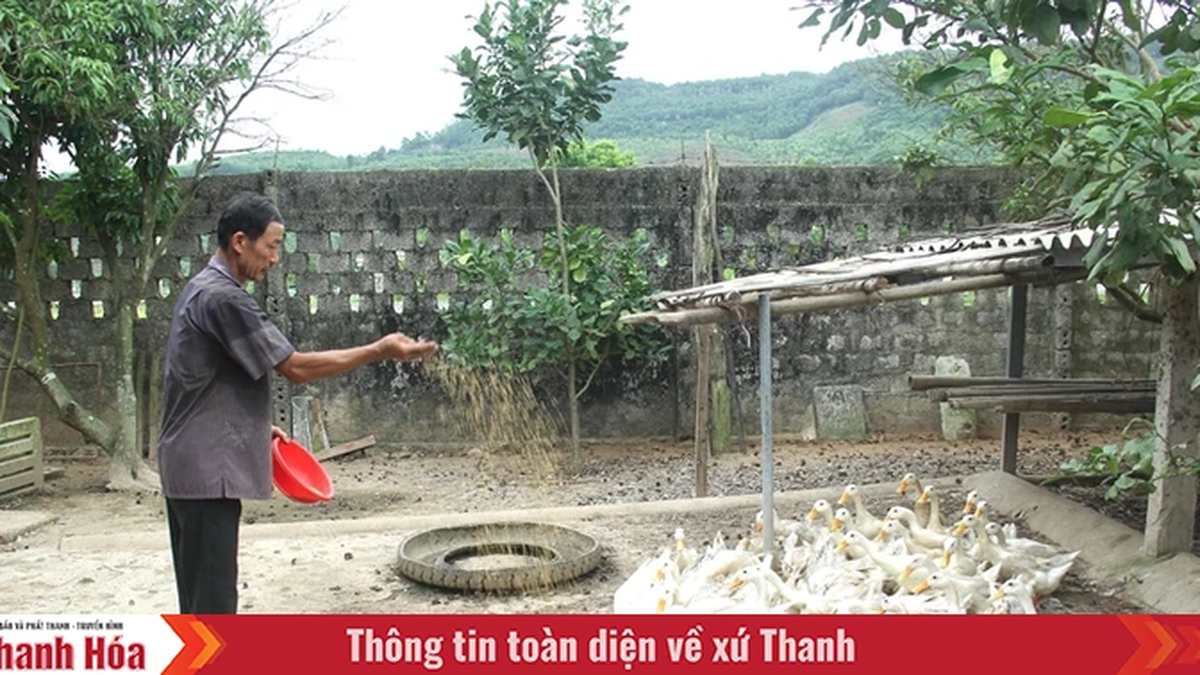







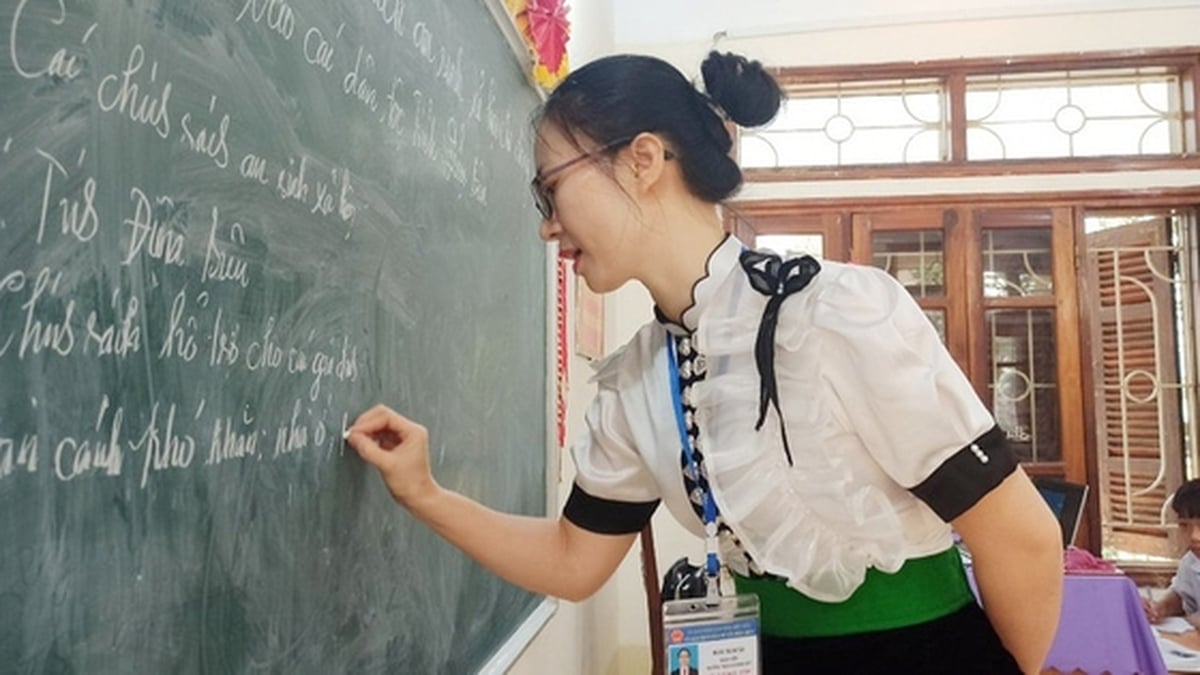











































![[Maritime News] Container shipping faces overcapacity that will last until 2028](https://vphoto.vietnam.vn/thumb/402x226/vietnam/resource/IMAGE/2025/7/30/6d35cbc6b0f643fd97f8aa2e9bc87aea)









































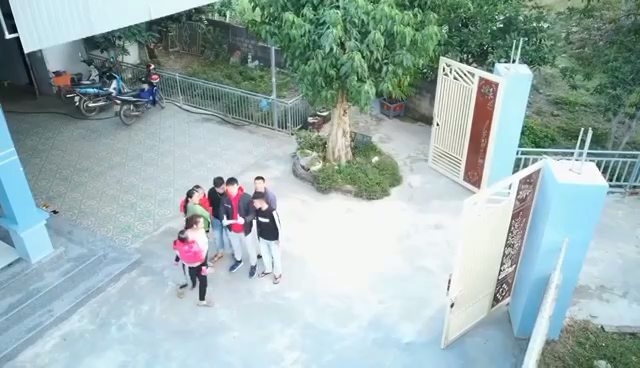
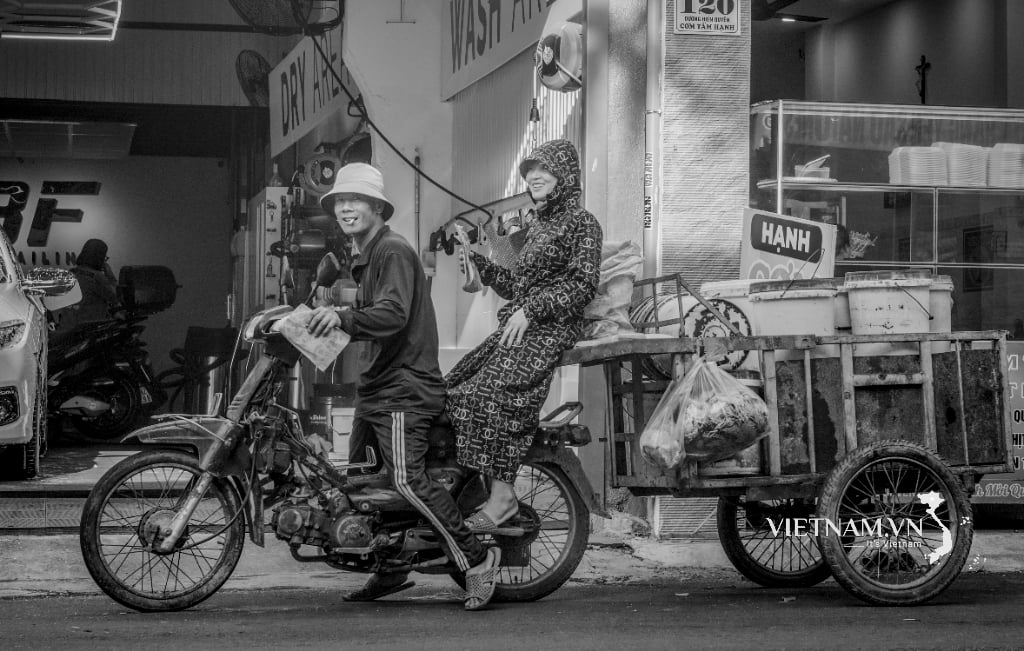

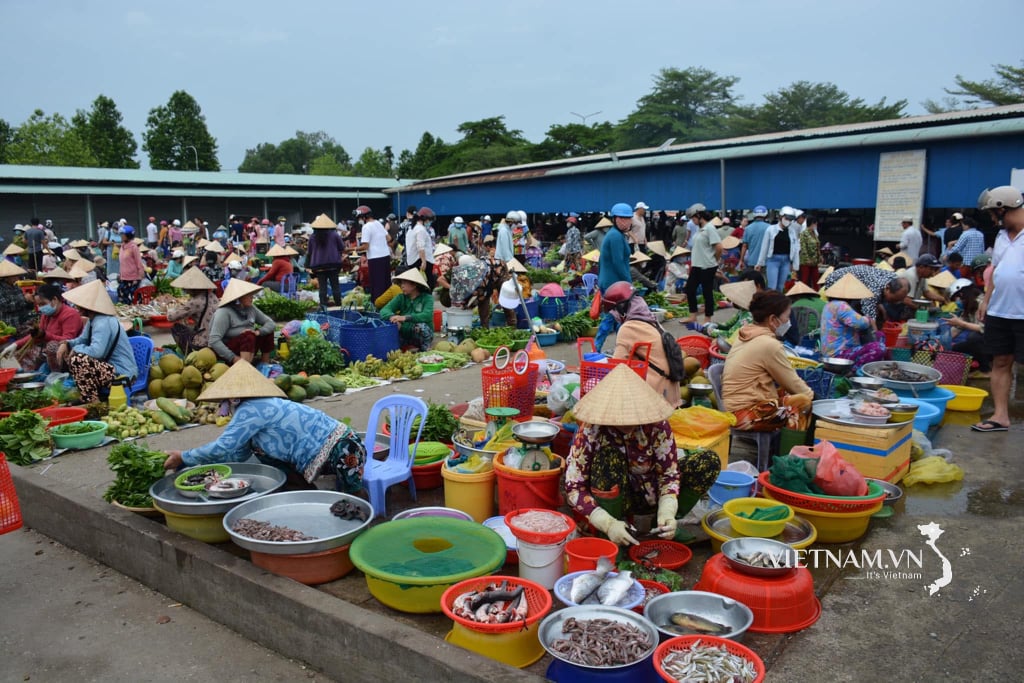
Comment (0)